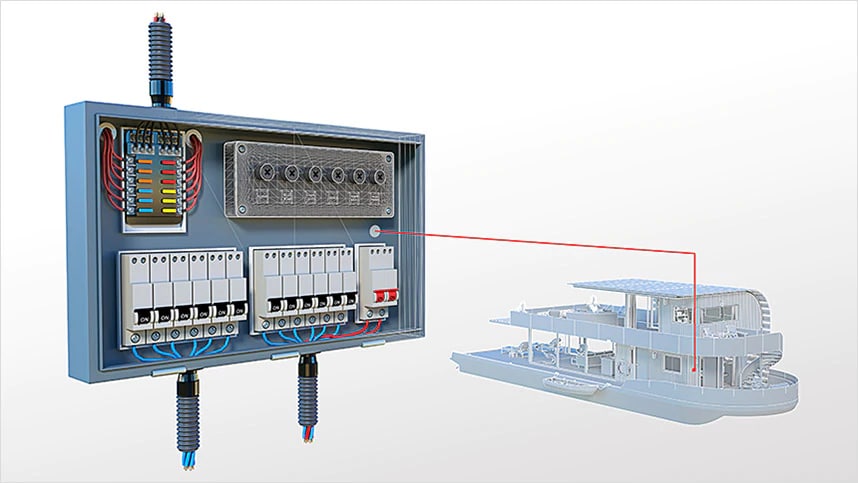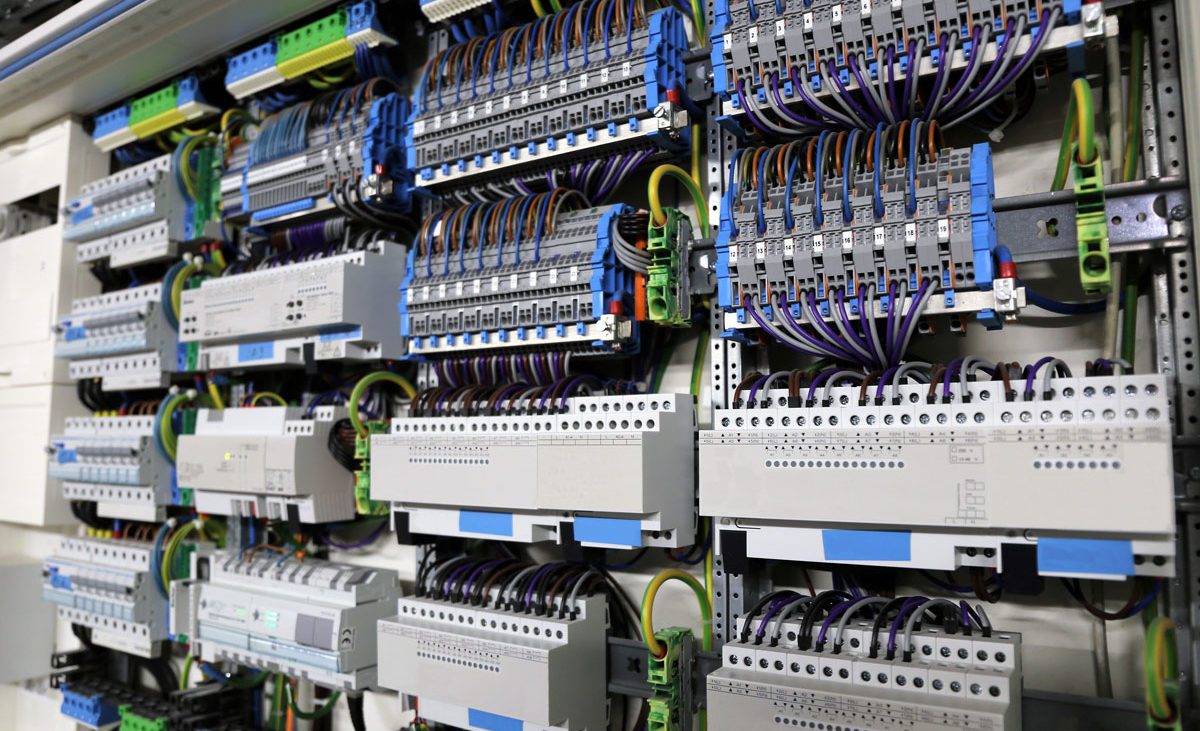Get Accurate Electrical Load Calculation Services for Your Project
Get Accurate Electrical Load Calculation Services for Your Project
Blog Article
Innovative Electric Design Providers for Modern Facilities
As metropolitan environments expand increasingly complex, incorporating innovations such as clever grids and renewable energy resources becomes critical. These innovations not only assure to optimize power consumption however additionally foster strength against future needs.
Relevance of Innovative Electric Design
Cutting-edge electrical design plays an essential function in modern framework, influencing not only efficiency however also sustainability. As cities develop and the demand for power increases, the requirement for sophisticated electric systems becomes vital. These systems have to not just fulfill present needs however additionally anticipate future development and technical improvements.
A well-executed electric design can dramatically decrease energy consumption, therefore reducing operational costs and minimizing ecological influence. By incorporating renewable resource sources, such as photovoltaic panels and wind turbines, innovative layouts can improve power self-reliance and resilience. Furthermore, smart grid technologies permit for real-time tracking and monitoring of energy distribution, maximizing efficiency and decreasing waste.
Security is one more essential element of electric design. Implementing advanced modern technologies and rigorous criteria can minimize dangers connected with electrical failures, ensuring a protected environment for citizens and businesses alike. Furthermore, innovative styles promote versatility, permitting infrastructures to integrate arising innovations flawlessly.
Key Patterns in Electric Design
As the landscape of electric design continues to progress, numerous key patterns are shaping the future of the market. One substantial trend is the combination of smart innovation right into electric systems. The proliferation of the Internet of Points (IoT) has actually made it possible for real-time surveillance and control of electrical gadgets, boosting performance and promoting predictive upkeep.
An additional fad is the expanding emphasis on modular design. This technique permits scalable and adaptable remedies, making it possible for infrastructure to adapt to transforming demands without extensive renovations. In addition, making use of advanced simulation tools and Building Information Modeling (BIM) is ending up being progressively prevalent, streamlining the design process and improving collaboration amongst stakeholders.
Moreover, advancements in materials scientific research are bring about the development of lighter, more durable, and energy-efficient components. This advancement is specifically vital for high-performance structures and facilities tasks.
Finally, there is a marked change towards data-driven decision-making - electrical design services. Leveraging data analytics helps developers enhance systems for efficiency and cost-effectiveness. Together, these fads represent a transformative era in electric design, enhancing capability, sustainability, and durability in modern-day framework
Lasting Energy Solutions
Lasting power solutions are significantly ending up being a crucial focus in electric design, showing a broader dedication to ecological responsibility and source efficiency. These remedies intend to reduce ecological effect while maximizing power consumption in different infrastructures, from domestic buildings to huge commercial centers.
Among the leading techniques entails the integration of eco-friendly power sources, such as photovoltaic panels and wind generators, into electric systems. This not just lowers dependence on fossil gas however likewise improves energy resilience. Furthermore, cutting-edge power storage space systems, such as innovative batteries, allow efficient administration and circulation of energy, guaranteeing that excess power generated during top manufacturing can be made use of throughout high need periods.
In addition, energy-efficient design practices are being adopted to boost overall system performance. This click here for info includes making use of energy-efficient illumination, HVAC systems, and smart building innovations that adapt and keep track of power usage based on tenancy and ecological conditions.
Smart Grid Technologies
The application of lasting power remedies normally results in the exploration of wise grid innovations, which play an essential duty in modernizing electrical systems. Smart grids leverage advanced communication modern technologies and information analytics to improve the dependability, performance, and sustainability of electrical energy distribution. By integrating digital innovation with typical grid framework, these systems promote real-time surveillance, automated control, and boosted decision-making abilities.
One of the key attributes of wise grids is their capability to accommodate renewable power sources, such as solar and wind power. This flexibility not just minimizes reliance on nonrenewable fuel sources however likewise allows for a much more decentralized energy production model. Moreover, wise grids make it possible for demand response programs, where customers can change their power use based on real-time pricing, thereby promoting you could check here power preservation and decreasing peak lots demands.
In addition, wise grid innovations boost grid strength by allowing quicker recognition and resolution of interruptions, ultimately reducing downtime. With predictive maintenance and analytics, utilities can improve and optimize procedures solution delivery. As cities and communities proceed to develop, wise grid modern technologies are necessary for constructing a effective and lasting electric framework that fulfills the needs of modern-day culture.

Future-Proofing Framework
To make certain long-term practicality and adaptability, future-proofing infrastructure is vital in the swiftly progressing landscape of electric design solutions. As technology developments and energy demands shift, it is essential that electric systems are created with adaptability in mind. This involves incorporating scalable solutions that can suit future upgrades without necessitating substantial overhauls.

Additionally, sustainability needs to be a foundation of future-proofed styles. Utilizing renewable resource sources, such as solar and wind, and maximizing power efficiency minimize reliance on nonrenewable fuel sources, lining up with global initiatives to fight climate adjustment.
Conclusion
Finally, ingenious electric design services play a crucial duty fit contemporary framework. By focusing on effectiveness, adaptability, and sustainability, these solutions deal with the evolving needs of power systems. The assimilation of wise grid innovations and lasting energy services enhances strength and lowers operational prices. Future-proofing framework through innovative simulation tools and modular approaches ensures that electric systems stay responsive to altering demands, eventually adding to a much more energy-independent and lasting future.
A well-executed electrical design can dramatically minimize power consumption, thus reducing operational expenses and reducing ecological influence. By integrating renewable energy resources, such as solar panels and wind generators, innovative layouts can enhance energy independence and strength. Furthermore, cutting-edge power storage systems, such as sophisticated batteries, allow efficient monitoring and Home Page distribution of power, guaranteeing that excess power created throughout optimal production can be utilized during high need periods.
Clever grids make it possible for need feedback programs, where customers can readjust their power usage based on real-time rates, consequently promoting energy conservation and reducing peak lots demands. (industrial electrical design)
As innovation advancements and power needs shift, it is critical that electrical systems are made with adaptability in mind.
Report this page